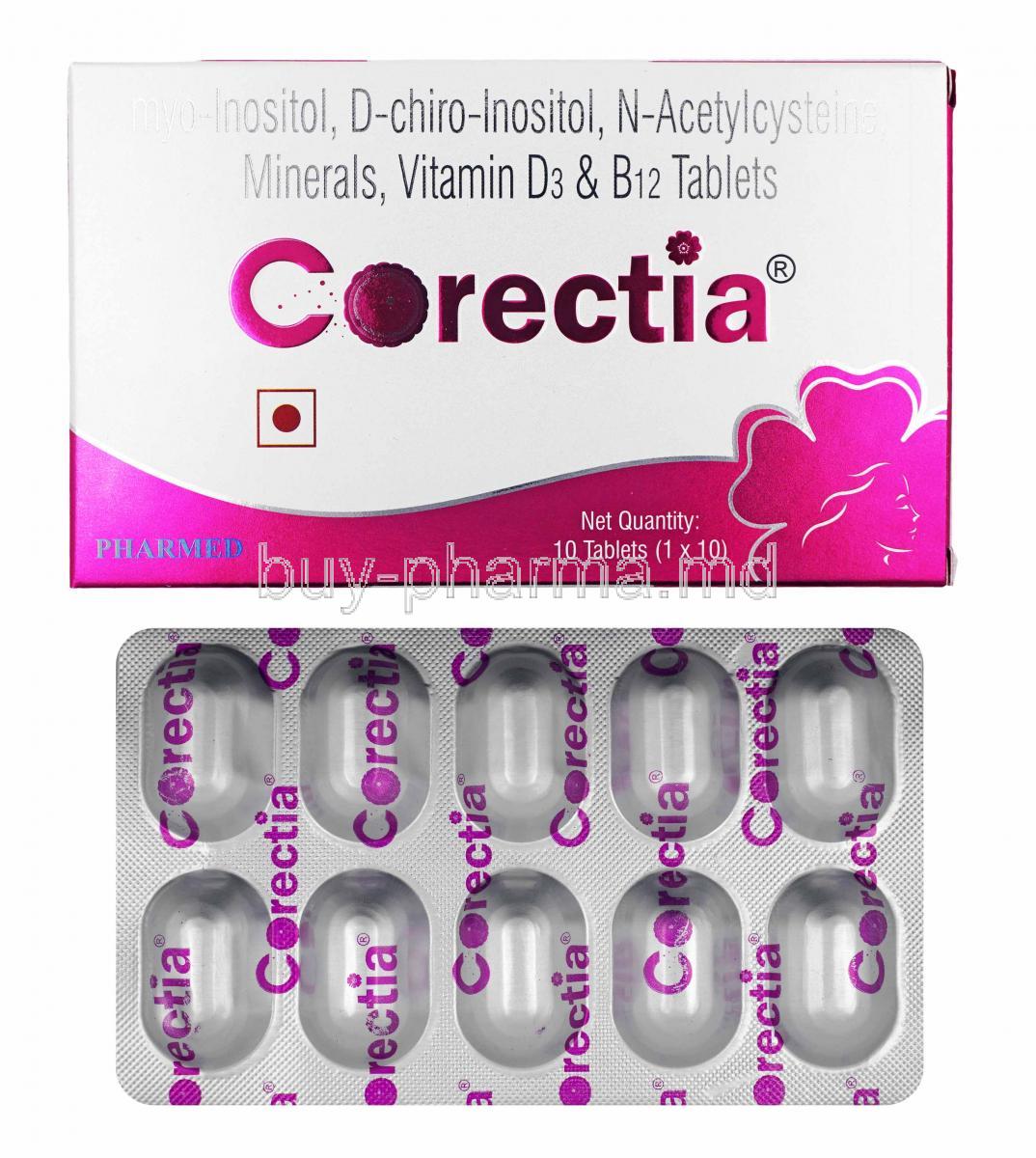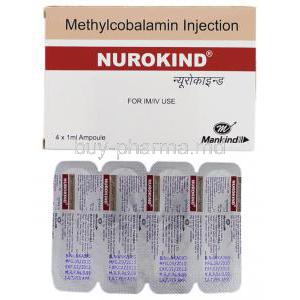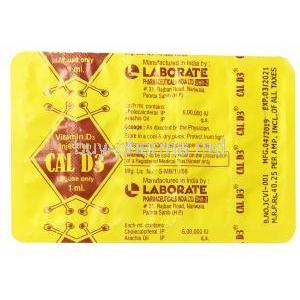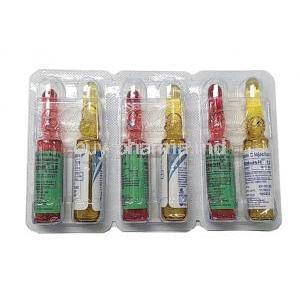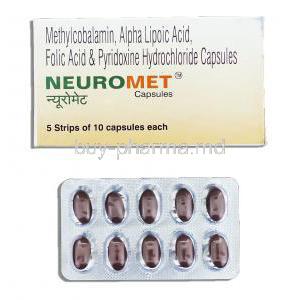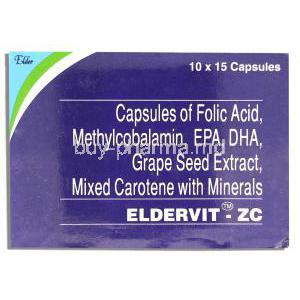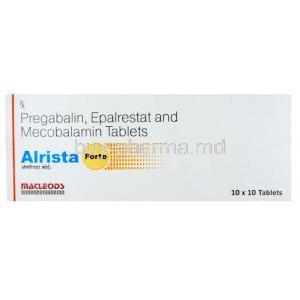Corectia
- I. Introduction to Corectia
- II. Composition of Corectia
- III. How Corectia Works
- IV. Uses of Corectia
- V. Off-Label Uses of Corectia
- VI. Dosage and Administration of Corectia
- VII. Side Effects of Corectia
- VIII. Common Side Effects of Corectia
- IX. Interaction of Corectia with Other Medications
- X. Warnings and Contraindications
- XI. Careful Administration of Corectia
- XII. Important Precautions with Corectia
- XIII. Administration of Corectia to the Elderly
- XIV. Administration of Corectia to Pregnant Women and Nursing Mothers
- XV. Administration of Corectia to Children
- XVI. Overdose Management of Corectia
- XVII. Storage and Handling Precautions for Corectia
I. Introduction to Corectia
Correction is a pharmaceutical breakthrough designed to target specific health conditions. It represents the blend of scientific innovation and therapeutic effectiveness, marking a significant milestone in medical treatment. The development of Corectia can be traced back to a research and development phase, which ultimately led to its approval by health authorities. This approval proves its safety and effectiveness following an evaluation process.
II. Composition of Corectia
The effectiveness of Corectia relies on its ingredients carefully selected for their healing properties. Corectia is a combination of two medicines, Metformin and Myo-Inositol,

III. How Corectia Works
The way Corectia works is unique. It focuses on pathways or receptors to achieve its therapeutic effects. When it comes to how the drug affects the body, we refer to it as pharmacodynamics..
When discussing how the drug is absorbed, distributed, metabolized, and eliminated by the body, we use the term pharmacokinetics.
IV. Uses of Corectia
Primary Uses: Corectia is mainly used to treat Polycystic Ovarian Syndrome (PCOS) 1. It regulates ovulation and menstrual cycles in PCOS patients and enhances the body’s response to insulin, thereby maintaining hormonal balance 1.
V. Off-Label Uses of Corectia
There are no off-label uses of Corectia that have been approved by the regulatory authorities. However, some studies suggest that Myo-Inositol, one of the active ingredients in Corectia, may have beneficial effects on other conditions such as Type 2 Diabetes and Depression 12. However, more research is needed to confirm these findings.
VI. Dosage and Administration of Corectia
Dosage Recommendations: The suggested dosage for Corectia follows a treatment plan that prioritizes effectiveness and safety and is customized to address the condition. Modifying the dosage may be required for groups of people like older individuals or those with kidney problems to achieve the best therapeutic results.

VII. Side Effects of Corectia
Summary of Side Effects: Although Corectia is effective, it can cause effects that vary in severity depending on individual patient characteristics. Managing and promptly reporting any side effects is crucial to ensure patient safety and maximize treatment effectiveness.
VIII. Common Side Effects of Corectia
The common side effects of Corectia include taste changes, nausea, diarrhea, vomiting, stomach pain, and loss of appetite 1. If you experience any of these side effects, please consult your doctor 1.
IX. Interaction of Corectia with Other Medications
X. Warnings and Contraindications
Certain groups of patients may be more susceptible to risks when using Corectia, so it is essential to exercise caution and provide customized care. Additionally, there are situations and medical conditions where Corectia should be avoided to protect the patient from potential harm.
XI. Careful Administration of Corectia
When it comes to administering Corectia, some factors need to be considered. Attention to detail ensures the treatment achieves the best possible therapeutic results. It is also important to customize the administration process based on each patients profile as this plays a key role, in both effectiveness and safety.
In addition, continuous monitoring and regular follow-ups are aspects of managing Corectia. This helps in evaluating the treatment efficacy and safety over time. It involves assessing various clinical parameters and gathering patient feedback, allowing adjustments to be made if needed.
XII. Important Precautions with Corectia
Safety Measures: Ensuring patient safety is paramount when administering Corectia. It is essential to educate patients about potential risks and appropriate actions.
Strategies for Reducing Risks: Implementing strategies to mitigate risks is crucial. This includes identifying risk factors in patients and taking proactive measures to minimize any negative consequences.
XIII. Administration of Corectia to the Elderly
- Dosage Adjustments Based on Age: When it comes to adults, it is essential to make specific adjustments to the dosage of medications. This is because as people age, there are changes that affect how drugs are processed and eliminated from the body.
- Considering Risks and Benefits: The potential risks and benefits of using Corectia may vary in individuals compared to the general population. It is crucial to evaluate these factors to determine if the benefits of using Corectia outweigh any potential risks for this particular age group.
XIV. Administration of Corectia to Pregnant Women and Nursing Mothers
Pregnancy Classification and Implications: Corectia is classified under a category to determine its safety during pregnancy. It is essential to understand the implications to ensure the child's well-being.
Considerations for Breastfeeding: Nurses should inform mothers about how correction may affect lactation and whether it can be transmitted to the baby. This information will help them make decisions about breastfeeding.
XV. Administration of Corectia to Children
When giving Corectia to children, it is essential to adjust the dosage and monitor their safety. This is because children have ways of processing and responding to medications.
Additionally, when using Corectia in patients, it is crucial to consider factors such as their growth and development, ensuring that the benefits of using Corectia outweigh any potential risks in this vulnerable group.
XVI. Overdose Management of Corectia
Recognizing Signs of Overdose: It is essential to identify the symptoms of an overdose to take prompt action. Healthcare professionals and caregivers should be knowledgeable about these indicators to ensure response.
Immediate Actions and Treatments: In the case of an overdose, it is crucial to initiate emergency interventions and treatments. The main focus should be on stabilizing the patient and minimizing any effects.
XVII. Storage and Handling Precautions for Corectia
- It is vital to store Corectia to ensure its effectiveness and integrity. This involves maintaining conditions such as temperature, light, and humidity. Handling and disposing of Corectia correctly is crucial to protect the environment and prevent misuse.
- Following the recommended guidelines for handling and disposal is essential for management. It's worth noting that Corectia may interact with medications, which could potentially affect its effectiveness or lead to adverse effects.
- Therefore, careful management is necessary in patients who are taking medications (polypharmacy) to minimize the risk of drug interactions.


